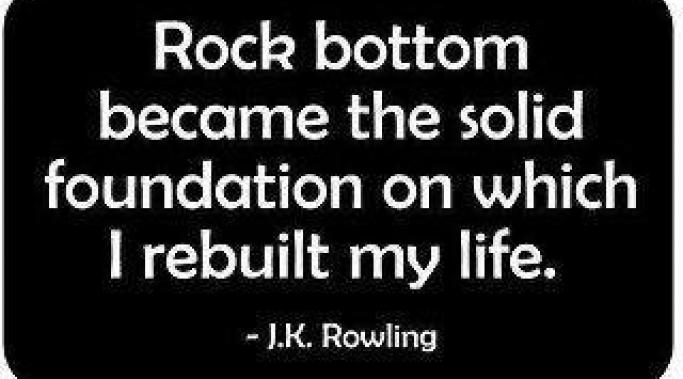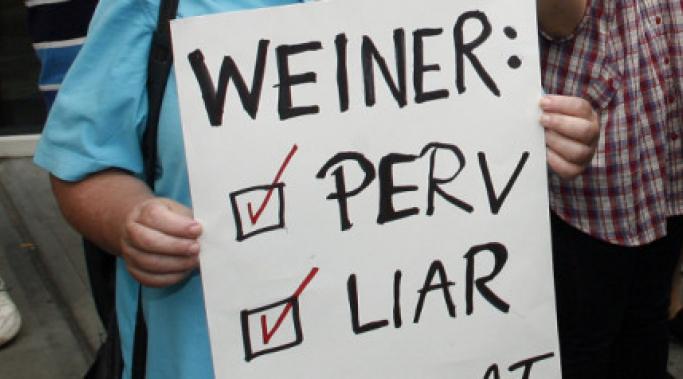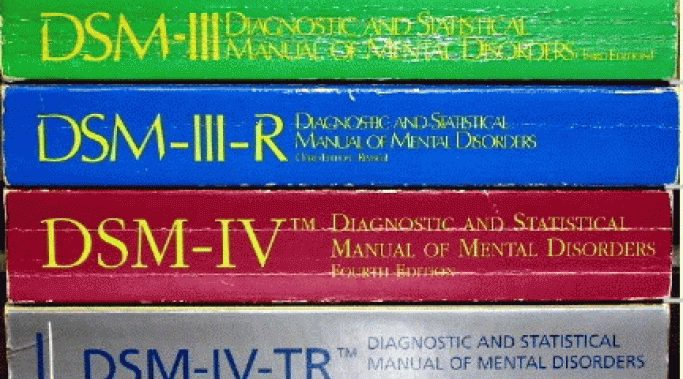A huge part of my own personal recovery is due to coming out of the hiding in darkness. When you are wrapped in an addiction you cannot see outside your own actions, and live in secrecy, trying to hide your behaviors from others, thinking you are clever, when people will tell you later they watched it slowly unravel without knowing how to help us, or help change the behavior. An addiction is surrounded by lies, sneaking around, feeling alone, feeling trapped, and feeling alone.
Stigma - Debunking Addiction
In 2008, the passage of the Paul Wellstone and Pete Domenici Mental Healthy Parity and Addiction Act was a huge and historic story. It was a 12 year fight by mental health advocates and championed by the late Minnesota Sen. Paul Wellstone. The parity act was passed in order to require insurance companies to treat mental health on an equal basis with physical illnesses, when policies covered both. Wellstone’s son had championed for years on behalf of his father after Wellstone’s death from a plane crash in 2002.
This concept of “hitting rock bottom” is a common phrase in addiction awareness, intervention, treatment, media, etc. People often have a story of their rock bottom. However what exactly is a rock bottom and how important is it in recovery from an addiction and getting sober?
When I first heard of Anthony Weiner seeking professional “help” I was ready to blow a cork. I am so done with hearing about politicians, celebrities, and professional athletes seeking treatment for what may very well be an excuse for bad behavior.
Since this is a blog on “Addiction” I thought it would be important to discuss the diagnostic criteria and terminology the Diagnostic and Statistical Manual of Mental Disorders (DSM-IV) uses, because the current manual does not include the word “addiction.” The current manual uses substance abuse and substance dependence. For the definitions and criteria on what substance abuse and dependence is see here.




